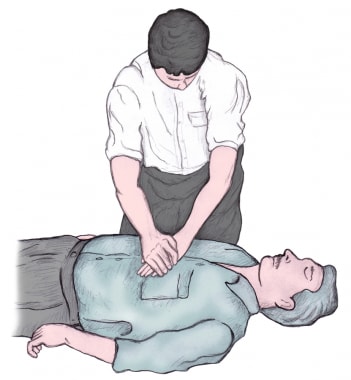The Great Wall of China
The origin of Great Wall dates back to the Spring and Autumn and Warring States periods around the 7th century BC. After the reunification of the country, Qinshihuang had the Great Walls in the previous Qin, Zhao and Yan states expanded and rebuilt, connecting them into a huge military defense work which extended more than 5000 km from Liaodong in the east to Lintao (within today's Gansu Province) in the west. Afterwards, many dynasties rebuilt and repaired the Great Wall. The early Ming Dynasty carried out a large-scale construction project of the Great Wall, which was largely completed about 200 years later. The eastern part of the Great Wall of the Ming Dynasty was mainly in a brick-stone structure.
Today's Great Wall starts with Yalu River in the east and ends at the Jiayu Pass in the west. Extanding through five provines (Liaoning, Hebei, Shaanxi, Shanxi and Gansu), two autonomous regions (Inner Mongolia and Ningxia) and one municipality directly under the central government (Beijing), it totals more tham 6700 km in length (about 13000 li), hence it is also called Ten Thousand Li Great Wall.
The Great Wall consists of a thousand passes, castles, battlements and high walls. In the event of an emergency, soldiers would kindle beacons on the beacon platforms along the northern side of the Great Wall,transferring the information to cities or towns nearby one by one and until the capital.
The Badaling, Mutianyu and Simatai sections of the Great Wall at Beijing were all built up in the Ming Dynasty. Built in conformity with mountains, these parts of the Great Wall are high and firm, wandering and undulating. On many parts of the Great Wall, five or six horsemen could ride side by side. These fully show the architectural style and grandeur of the Great Wall.
 |
| Badaling sections of the Great Wall |
The Great Wall is one of the most famous wonders in the world and was included into World Heritage List UNESCO in 1987.


No comments:
Post a Comment